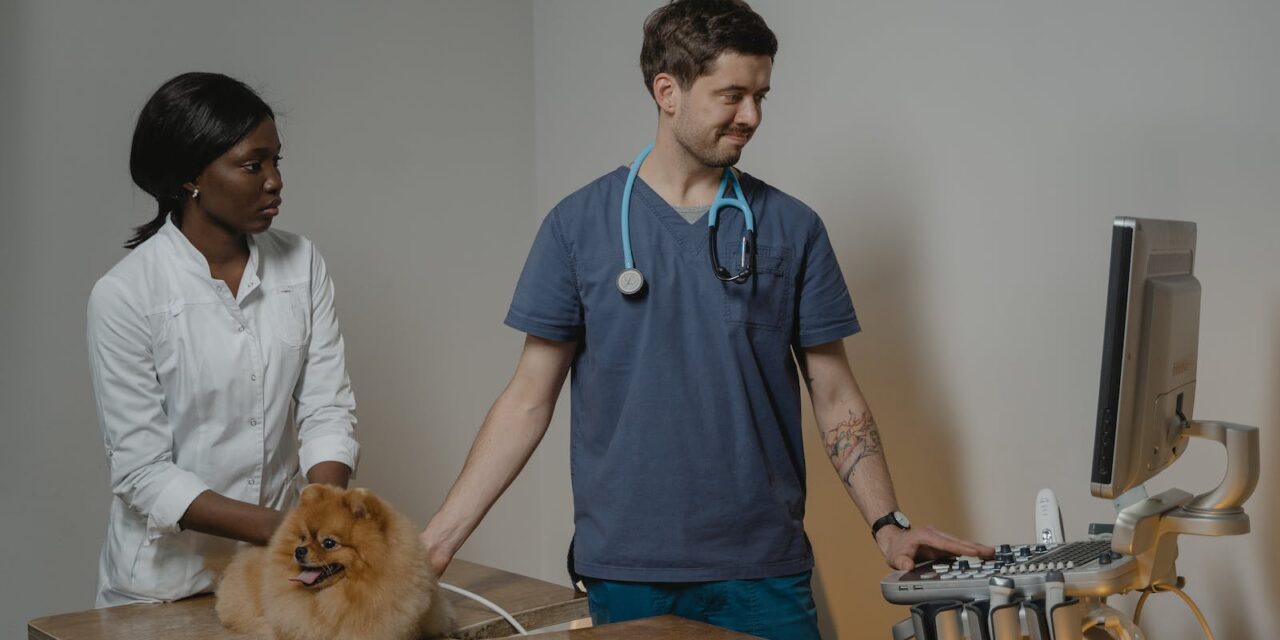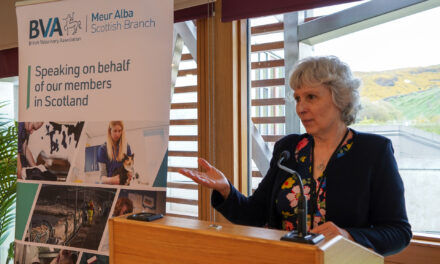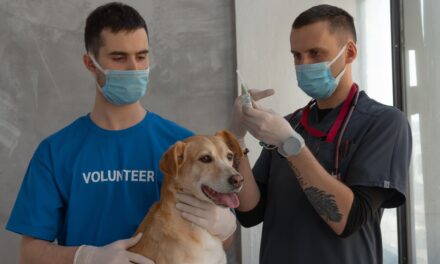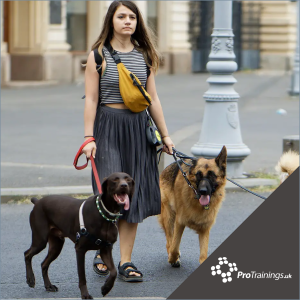The Veterinary Client Mediation Service (VCMS) has released its annual Insight Report for 2022-23, revealing a notable increase in successful resolutions.
The VCMS, committed to fostering positive relationships between veterinary practices and animal owners, mediated nearly 800 cases this year, achieving an 84% resolution rate.
The VCMS received 3,644 enquiries during this period, maintaining steady activity levels from the previous year. Out of these, 3,629 cases were concluded. The VCMS successfully assisted 60% of these enquiries in raising and resolving complaints at a local level within the practice. For complaints that exhausted the practice’s internal procedures, the VCMS invited the veterinary practice to mediate. Three-quarters of these practices accepted the invitation and engaged with the mediation process.
Improved Resolution Rates and Financial Outcomes
The resolution rate increased to 84%, up from 76% in the 2021-22 period. Resolutions included both financial and non-financial outcomes, with financial resolutions increasing from 52% to 57%, reflecting a growing emphasis on value for money among clients.
The report indicates a high level of satisfaction, with 93% of veterinary practices and 97% of clients expressing willingness to use the VCMS again. This demonstrates strong confidence in the mediation process from both sides. The most common complaints were related to the standard of care (57%), customer service (20%), and clinical fees (13%). Notably, complaints regarding surgery complications increased by 167%, and issues with insufficient clinical diagnostics rose by 27%.
The VCMS facilitated nearly £100,000 in veterinary fee resolutions. Goodwill gestures, which were agreed upon in 28% of resolutions, averaged £315.97.
Emphasis on Communication and Trust
Jennie Jones, Head of the VCMS, commented, “The consistent engagement from veterinary practices and clients underscores the importance of effective communication and resolution in maintaining trust. The increased resolution rates and positive feedback highlight our ongoing commitment to improving veterinary-client relationships.”
The VCMS continues to advocate for collaborative decision-making and transparent communication, ensuring that both veterinary professionals and animal owners are informed and engaged in the care process. The detailed insights and data presented in this report aim to support ongoing quality improvement within the veterinary community.
The VCMS’s work in mediating nearly 800 cases and achieving a high resolution rate underscores its crucial role in maintaining and improving veterinary-client relationships. With a steady number of enquiries and a robust mediation process, the VCMS remains a vital resource for both veterinary practices and animal owners.
Detailed Insights for Continuous Improvement
The insights from the 2022-23 report highlight the importance of addressing common complaints related to the standard of care, customer service, and clinical fees. The significant increase in complaints about surgery complications and clinical diagnostics points to areas needing attention for continuous improvement in veterinary practices.
The increase in financial resolutions and the average goodwill gesture amount provide a clear indication of the growing focus on value for money among clients. This trend underscores the need for veterinary practices to be transparent and fair in their financial dealings with clients.
The high satisfaction rates from both veterinary practices and clients reflect strong trust in the VCMS’s mediation process. This trust is crucial for the VCMS’s continued success and its ability to effectively mediate disputes and improve veterinary-client relationships.
Looking ahead, the VCMS will continue to focus on fostering effective communication and collaboration between veterinary practices and animal owners. By doing so, it aims to ensure that both parties are well-informed and engaged, leading to better outcomes and stronger relationships. The 2022-23 Insight Report serves as a valuable resource for understanding the current landscape and identifying areas for improvement within the veterinary community.
